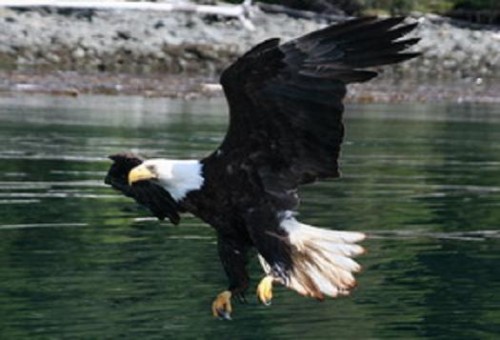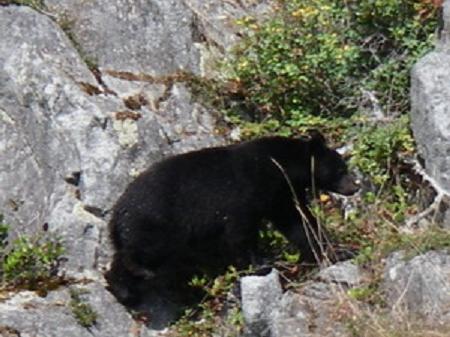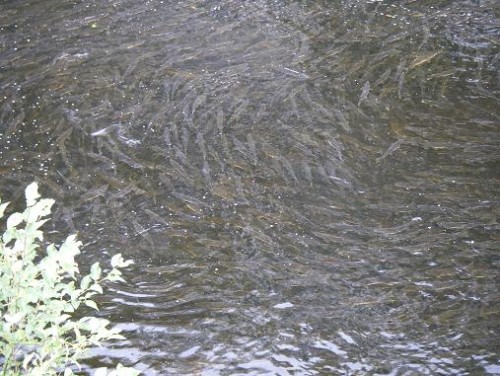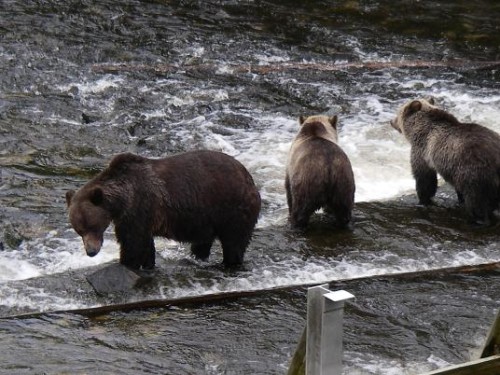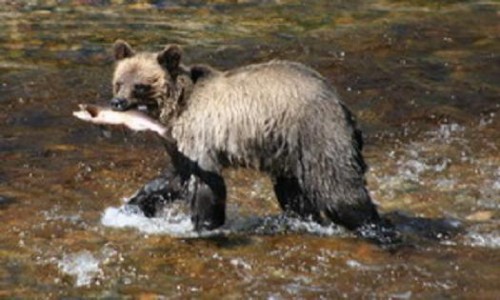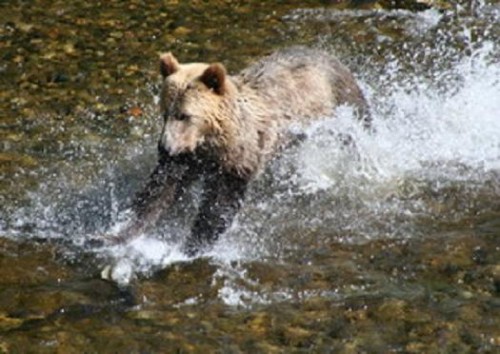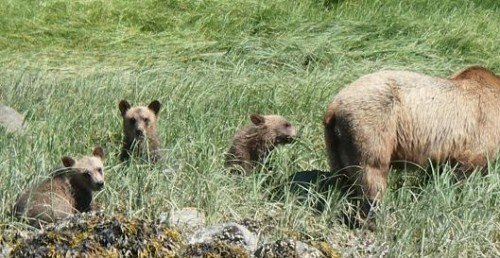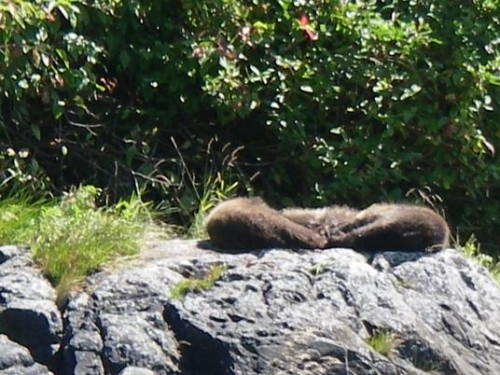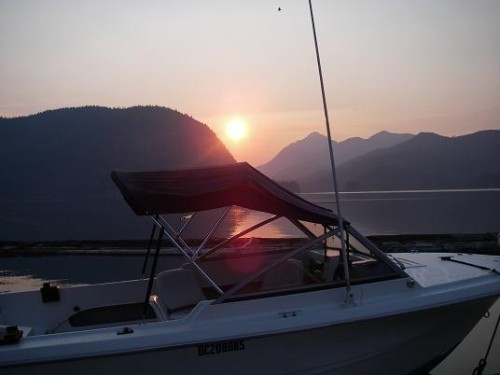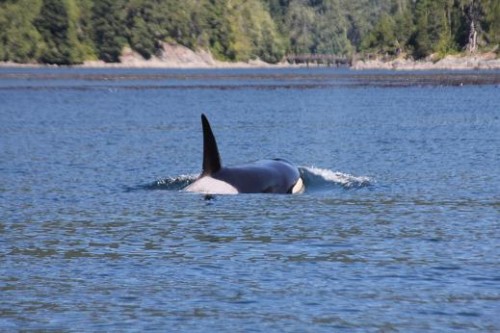
Killer whales (orcas) have a dorsal fin that is distinctive in that it is larger than most species relative to their body size. In fact, it is one of the characteristics used to identify individuals. Individual whales have slight variations in their fin shape. They also have distinctive nicks and scratches that help differentiate one individual from another. Additionally, killer whales have a whitish-grey patch of pigmentation on their back, just behind the dorsal fin called a saddle patch. Just like a human fingerprint, each saddle patch is different and these differences help tell the whales apart. The combination of the saddle patch and dorsal fin are used to identify whales on the water or in photographs.
